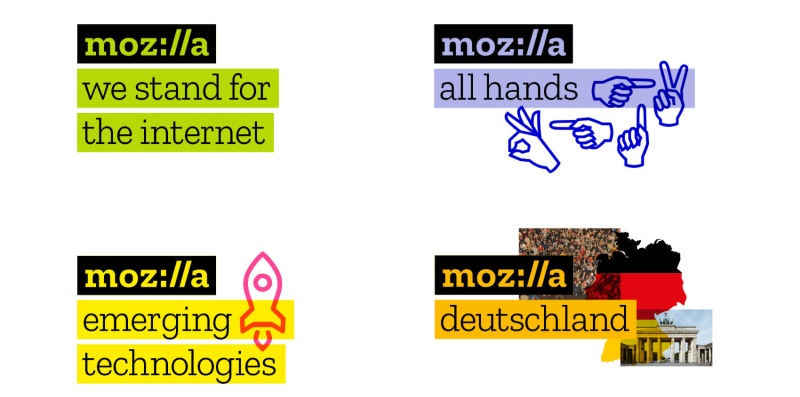
Mozilla has finally introduced a new logo, design, colour palette, font, imagery, and language architecture as a part of its new brand identity. The new Mozilla logo, the company says, ‘reinforces that the Internet is at the heart of Mozilla’. This comes as a first such attempt made by Mozilla Foundation since its launch in 1998. Alongside, Mozilla has also released The Internet Health Report, which is an open source initiative by the company to explain what’s happening to the health of Internet.
Last year in June, Mozilla set out to refresh its brand identity under a open source design project that crowdsourced ideas, and subsequently votes from the public on how it should redesign itself. The new logo is a modified version of the original logo where ‘i’ and ‘l’ have been redesigned to look more like Internet elements. The new Web font used in the logo is called ‘Zilla’, which is also free and open for use. “Zilla has a journalistic feel reinforcing our commitment to participate in conversations about key issues of Internet health,” says Mozilla in a statement.
Apart from these, the colour palette has also been redefined to flow through different aspects of Mozilla’s brand identity like logo and design. The language architecture includes copy lines on the right or below the core Mozilla messages or program, event, and team names that unifies Mozilla’s activities and initiatives. The company has also made ‘imagery’ an important component of its brand identity. “Since imagery is an important reflection of the diversity and richness of the Internet, however, we’ve made it an important component of our system” says Mozilla in its statement. For imagery to work, Mozilla invites artists, designers, and technologists to contribute to an imagery collective, post that it will code curated GIFs, animations, and still images to flow into mozilla.org and other digital experiences.
Besides, Mozilla Foundation has also released its Internet Health report where it talks about what’s happening with the health of Internet considering the aspects of decentralisation, digital inclusion, open innovation, privacy & security, and Web literacy. It has been compiled using different sources and reports the pattern of use of Internet across the globe. You can read the entire report on The Internet Health website.
[Source:- Gadgets360]










